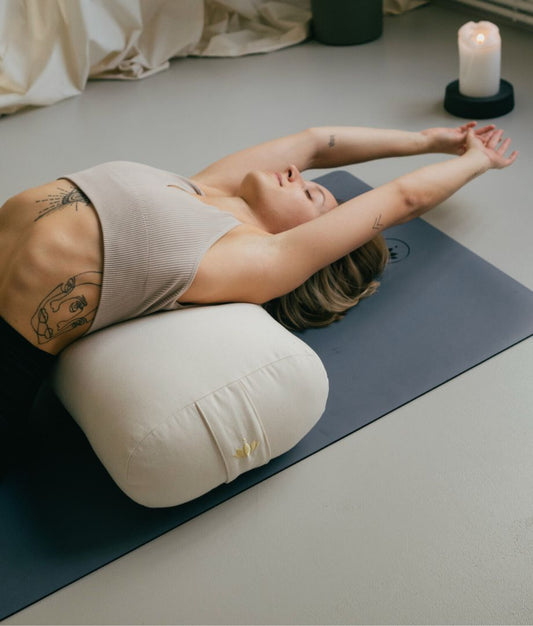
Set-Offers
Save when you buy a set
Shopping cart
Your shopping basket is empty
Yoga
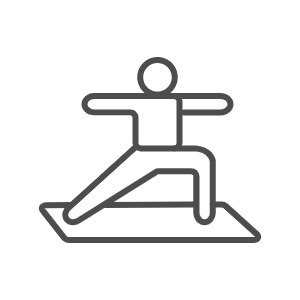
Meditation
Bundles
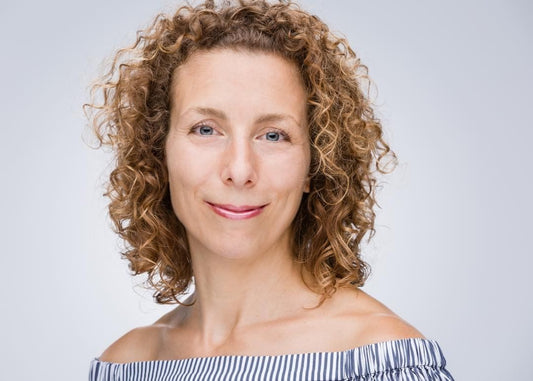
| Yin Yoga
Yin Yoga is known as a gentle and grounding style of yoga in which we passively and effortlessly perform mostly lying or seated exercises. This clearly distinguishes the popular style from more yang-oriented styles such as Vinyasa Yoga or even Ashtanga. Yin Yoga is a wonderful complement to the other styles and our hectic everyday life. Because if you want to find your center, you need Yin and Yang in equal measure.
We had a conversation with Stefanie Arend , Yin Yoga teacher, multiple book author and nutritionist. Stefanie Arend leads teacher trainings in Germany and has written several books about Yin Yoga. In the interview, Stefanie tells how she got into the practice herself, why Yin Yoga is particularly effective on the joints and how to best choose tools for your own practice.
Stefanie, how did you come to Yin Yoga yourself?
That came through Paul Grilley's Anatomy DVD. I was enthusiastic about him as a teacher and looked to see what else he had. So I had my first Yin Yoga lesson many years ago on DVD with Paul Grilley.
Can you say a little bit about the history of Yin Yoga, how did the style become popular in the first place?
Yin Yoga is not a new trend, as many might think. Rather, it is very old, since half of the positions described in the "Hatha Yoga Pradipika" were yin-oriented. Many practitioners have practiced in the form of Yin Yoga for a long time without consciously knowing this form or the name. My teacher Paul Grilley began his yoga journey with yang-oriented yoga styles. When he saw martial artist Paulie Zink on TV, he contacted him because he was impressed by his extraordinary flexibility. There he learned to hold the positions long and passively. through dr Hiroshi Motoyama introduced Paul to the meridian background. at Dr. Garry Parker, he learned more about the individual anatomy of each individual. From these approaches, he created what we understand today as Yin Yoga.
In Yin Yoga we often hear the term "Chi" - what exactly is it all about?
It means the same as prana or life energy. Paul Grilley speaks of chi here because of the influence of TCM on this practice.
What does the principle of yin and yang mean in relation to the body?
Everywhere in life we encounter the energies of Yin & Yang. One conditionally affects the other. Related to the body you can z. For example, we can speak of muscles as yang tissue or of bones as yin tissue. However, one could also interpret it in such a way that we always need both, both strengthening (Yang) and stretching (Yin), if we want to achieve an optimal flow of energy in the body.

How does Yin Yoga affect the joints?
Yin Yoga can have a very regenerative effect on the joints. In my opinion even the strongest of all yoga styles. Joints react very slowly. By holding the yin yoga positions for a long time, you get exactly the time you need to achieve a positive effect. I was able to wonderfully regenerate my own knee problems after a long and excessive practice of martial arts and three subsequent knee surgeries through the practice of yin yoga.
Which exercise is recommended for Yin beginners and can be imitated at home?
In Yin Yoga one cannot generalize since every body is unique. An exercise that is easy for most to perform may be very difficult for someone else, depending on their individual anatomy. Experience has shown that sitting cross-legged with a bent-over posture is easily feasible for most people. If the position is too challenging, you can take a small elevation under the buttocks and z. B. put a yoga roll in front of you in order to be able to support yourself with your upper body or head. The meridians of the bladder and gallbladder are addressed. After a few minutes, bring the other leg forward so that both hip joints are addressed. I recommend lying on your back briefly between changing sides in order to consciously perceive both sides and to feel the energy flow. You do the same thing again at the end of the position.
In Yin Yoga, a lot of tools are used. For which exercises do you use a yoga roller and for which a yoga bolster?
That depends entirely on the height of the wheels or bolsters . For the supported shoulder bridge I use e.g. B. like the role and for a longer sitting at a time, z. B. on a training day, I prefer a bolster.

We are often asked whether a bolster in size S or L is more suitable. How do you choose the size of the bolster and what do you base the choice on?
I think it should depend on the practitioner's size. I'm not very tall at 160 cm and the small size is more than enough for me. If someone is taller, they will probably be more comfortable with size L. If you are rather inflexible, the larger aids are probably more advisable.
What should beginners pay attention to if they are looking for good Yin Yoga classes?
Yin Yoga is not legally protected, which is why it is unfortunately also offered in some studios that have not really understood the background to it. As a participant, I would be skeptical if the teacher wanted to specify what the position MUST look like and possibly even use well-intentioned assists to force the student into something that doesn't correspond to his anatomy at all.
"In Yin Yoga it is particularly important that the teacher communicates lovingly with the participant in order to find the best possible position for him or her."
Do you have any tips for Yin Yoga in Vienna?
A few years ago I attended a teacher training course with Josh Summers in Vienna. Unfortunately, I wasn't able to take part in any other courses there. But I am sure that there are great yin yoga teachers there too, fortunately the community is growing more and more.
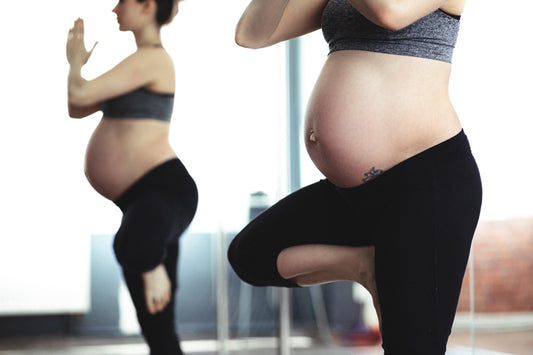
Pregnancy is a time of extremes for the body, but also for the mind. Sooner or later, many expectant mothers feel overwhelmed with the growing bel...
Continue reading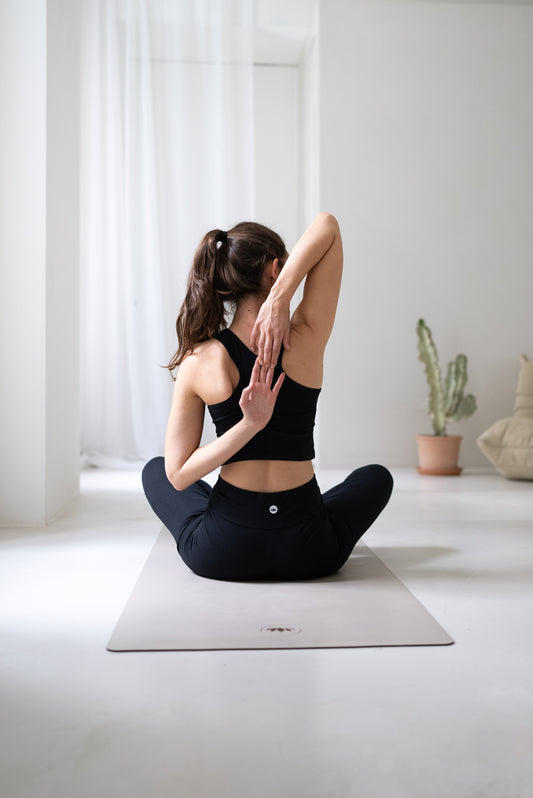
Sitting accompanies us in many life situations. It starts with breakfast, often continues on the way to work or school and of course continues to ...
Continue reading
There are no comments yet. Be the first to leave a comment!